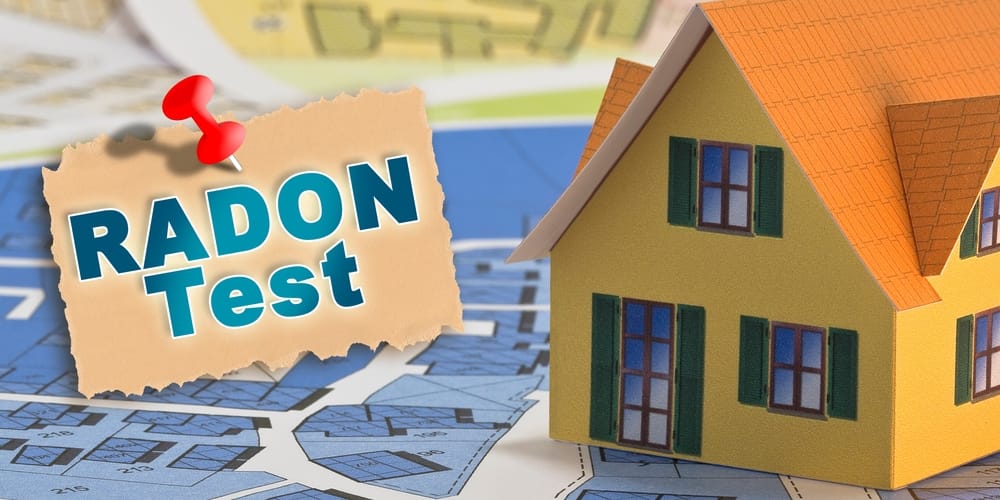Among a few environmental contaminants that may be present in a home and create significant risks for occupants, radon is perhaps the single most notable. Causing thousands of deaths every year, radon is both harmful and difficult to detect with basic human senses – but luckily, testing for radon is both possible and necessary in many settings.
At Aerolite Consulting, we’re proud to offer the best radon testing services available around Salt Lake City, plus various other home inspection and environmental contamination services to ensure safety within any home. Here’s a comprehensive guide to radon testing and safety – what radon is and why it’s so dangerous, the testing methods available to identify it in a home, and the mitigation methods and other approaches that should be taken if radon is indeed discovered in a home.
Radon Basics and Dangers
For those just learning about radon for the first time, it’s important to understand what exactly radon is and why it poses a significant health risk. Radon is a colorless, odorless, and tasteless radioactive gas that is caused by the natural breakdown of uranium in soil, rock, and water. It can enter homes through cracks in foundations, gaps around pipes or cables, or through well water.
Radon is the second leading cause of lung cancer after smoking and is responsible for an estimated 21,000 deaths per year in the United States alone. The danger lies in its ability to break down into tiny radioactive particles that can be breathed into the lungs, causing damage to cells and potentially resulting in lung cancer over time.
Part of what makes radon so dangerous is the risk of long-term exposure over many years. Unlike other forms of radiation, radon does not cause immediate symptoms or health effects. In fact, it can take anywhere from 5 to 25 years for lung cancer to develop after exposure to radon.
Therefore, it is important to take proactive measures to protect yourself and your loved ones from radon exposure. This includes testing for the presence of radon in your home and taking steps to reduce levels if necessary.
Radon Testing Methods in the Home
There are a few different radon testing methods that may be utilized in a given home, including:
- Short-term kits: These kits are placed in the lowest level of a home for a period of 2-7 days and then sent to a lab for analysis.
- Long-term tests: These tests are left in place for 3 months or more, providing a more accurate measurement over an extended period of time.
- Continuous monitors: These electronic devices measure radon levels on an ongoing basis and provide real-time results.
- Professional inspections: This option involves hiring a licensed radon professional to conduct testing and provide recommendations for mitigation if necessary.
In addition, there are certain factors that can affect radon levels in a home. These include the type of soil under the home, the presence of cracks or openings in the foundation, and the ventilation system in place. It’s important to consider these factors when choosing a testing method and interpreting the results.
While there is no safe level of radon exposure, it’s important to note that higher levels do not necessarily mean immediate danger. The EPA recommends taking action to mitigate radon levels if they exceed 4 picocuries per liter (pCi/L), but even lower levels should be addressed as necessary.
In some cases, multiple tests may be needed to accurately assess radon levels in a home. This is because radon levels can fluctuate due to changes in weather, air pressure, and ventilation patterns. Additionally, different areas of the home may have varying levels of radon.
Mitigation Solutions
If radon levels in your home are found to be above safe levels, there are several mitigation solutions available:
- Ventilation: For certain minor cases, simply opening windows and increasing air flow may be enough to reduce radon levels. However, this solution is not recommended for long-term mitigation.
- Sealing Cracks: Radon can enter homes through cracks and gaps in the foundation or walls. By sealing these openings with caulk or other materials, you can prevent radon from entering your home.
- Sub-slab Depressurization: This method involves installing a vent pipe and fan system beneath your home’s foundation to redirect radon gas outside before it enters your living space.
- Sump pump adjustments: In some cases, radon can enter through sump pump openings in the basement. By making adjustments to the sump pump system, such as adding a sealed cover or installing a vent pipe, you can reduce radon levels.
At Aerolite Consulting, we’re here to provide the best radon testing services available around Salt Lake City, ensuring you’re aware of this or other environmental contaminants in any home. Contact us today to learn more or arrange service!




